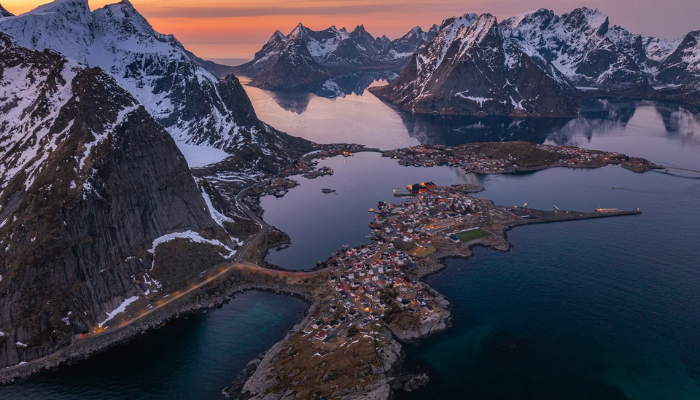WorldAtlas data shows that countries differ widely in how they define and count islands, influencing their official totals. Some, like Sweden, classify any landmass over 270 square feet as an island, while Japan’s 2023 recount considered only those with a coastline of at least 330 feet.
Improved satellite mapping has also pushed numbers higher, revealing many previously unrecorded islets. The figures cover all natural islands, inhabited or not, but exclude artificial islands, offshore rock formations, and sandbanks that vanish at high tide.
While tropical chains often come to mind, nations with fjord-laced coastlines, inland lakes, and fragmented geography also dominate the rankings, highlighting how both nature and methodology shape the global list of countries with the most islands.
Here are the ten countries with the most islands in the world
1. Sweden – 267,570 islands

Sweden holds the world record, with nearly 30,000 islands in the Stockholm area alone. Fewer than 1,000 are inhabited, but the network of freshwater and marine islands is vast. The Stockholm Archipelago Trail, launched in 2023, connects 22 islands over 170 miles, offering routes through forests, coves, and bays.
2. Norway – 239,057 islands

Norway’s coastline is shaped by fjords and broken into thousands of islands, from Arctic Svalbard to southern skerries. The Lofoten Islands remain a highlight, known for fishing communities and dramatic sea–mountain landscapes.
3. Finland – 178,947 islands

Finland’s archipelago and lake regions are heavily fragmented, with numerous islands forming part of the national landscape. While Helsinki is a popular city destination, the islands offer diverse routes for travel and exploration.
4. Canada – 52,455 islands

Canada’s islands range from large territories such as Baffin and Vancouver to many uninhabited Arctic islets. In British Columbia, a community ride-share scheme enables locals to give tourists free lifts, supporting low-cost, eco-friendly travel.
5. Japan – 14,125 islands

Japan’s official island count rose sharply in 2023 after new mapping technology was applied. Okinawa’s 160 islands stand out for their beaches, green landscapes, and heritage sites from the Ryukyu Kingdom.
6. United States – 18,617 islands

The US includes Alaskan islets, the Florida Keys, and Pacific territories such as Guam and American Samoa. These islands range from tropical coastlines to rugged Pacific Northwest outposts.
7. Indonesia – 17,504 islands

Stretching over 3,000 miles, Indonesia is the largest archipelagic state. While Bali is its best-known island, major landmasses such as Sumatra, Borneo, Sulawesi, and Java play central roles in its economy and culture.
8. Australia – 8,222 islands

Australia’s count includes Tasmania, the Torres Strait Islands, and smaller surrounding landmasses. Many serve as key habitats and destinations within the wider region.
9. Philippines – 7,641 islands

Over 2,000 Philippine islands are inhabited, offering coastlines, volcanic interiors, and marine environments. Visitors can hike, dive, kayak, and camp across various locations.
10. Chile – 5,000 islands

Chile’s islands are concentrated along the southern Pacific coast and in Patagonia. They host fishing villages, historic churches, and a range of wildlife.









